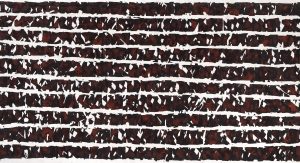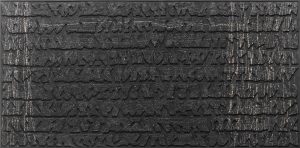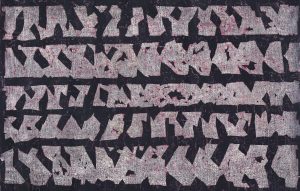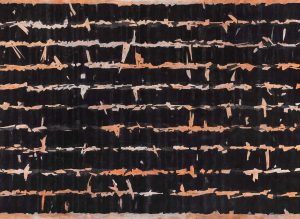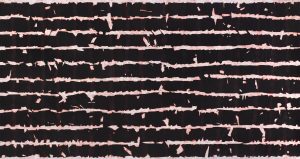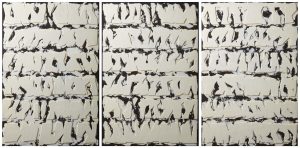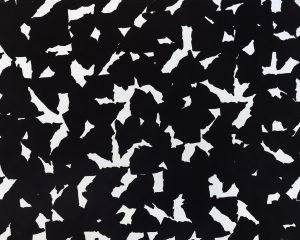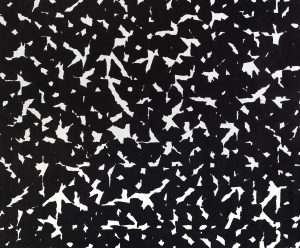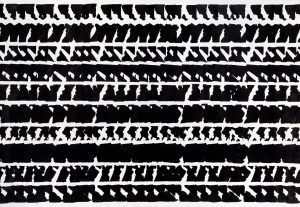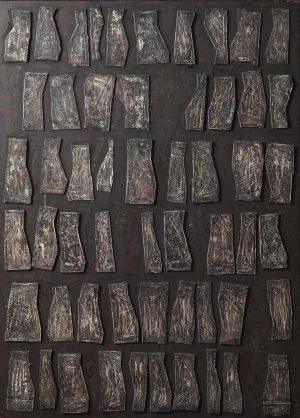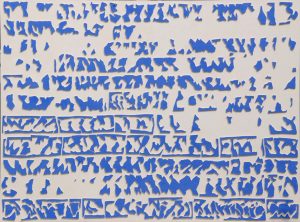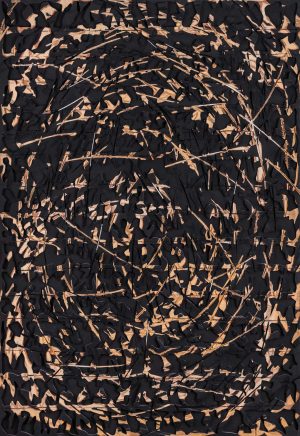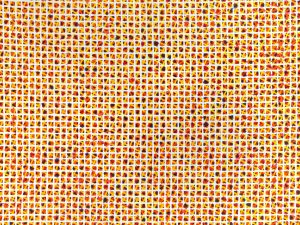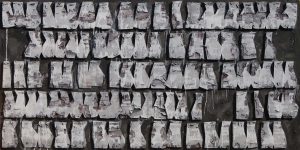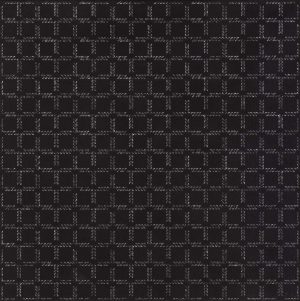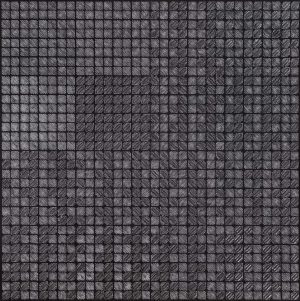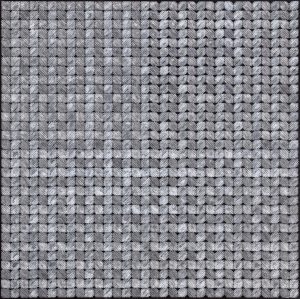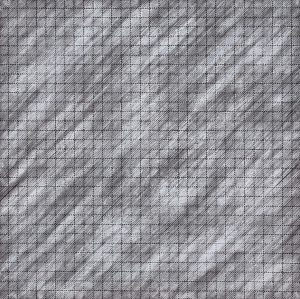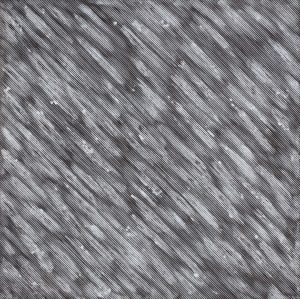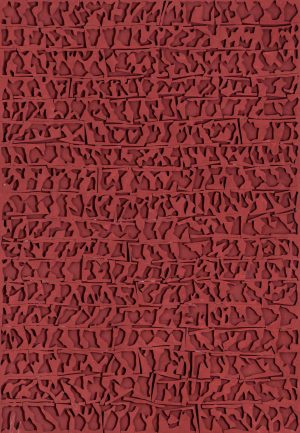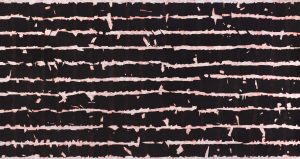
Kamill MAJOR
Akkad
- Year(s)
- 2010
- Technique
- acrylic on canvas
- Size
- 155,5x285,5 cm
Artist's introduction
Kamill Major's artistic practice, which was influenced by the Lantos Circle in Pécs in the 1960s, became unique in the artist's period of living in France. Although he resisted Lantos' principle of structure and variation, the possibility of implementing the mural enamel program in Bonyhád was made possible with his help. Even though he began his Parisian career with minimalist and systematic images, geometry was hidden in them, in a painterly and personal way. He acquired a degree in image reproduction procedures from the École Nationale Supérieure des Arts Décoratifs in Paris. As a result screen-printed variations of motifs and images replaced the previous pictorial structures. Outstanding among his folders (which included contemporary music and literary works) and graphic series is his process work titled Appel (1980), in which he reaches the spirituality of the critical works of modern art (such as Malevich's Black Square or White on White) based on the principle of seriality. Seriality is also one of the foundations of Major's technically complex pictures, which, working alongside Simon Hantai, unfolded in grid-patterned musters applied to huge canvases with screen-printing that could be adjusted strategically. By the 1980s, the central theme of his work had become "writing". The different variations of his textual paintings and reliefs are still established with signs resembling Akkadian and Sumerian cuneiform script, but with particular forms, in some cases condensed, in others made sparse, relying on particular technical solutions (such as the utilisation of saws). Everything apart from this linear, text-like progression is random in these artworks. In 1975, he had a solo exhibition in Paris. His works can be found in significant French and Hungarian public collections. Katalin Keserü
More artworks in the artist's collection »

